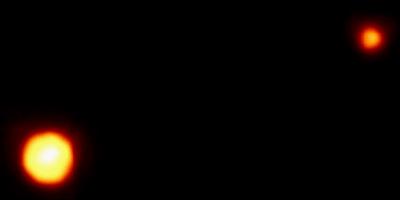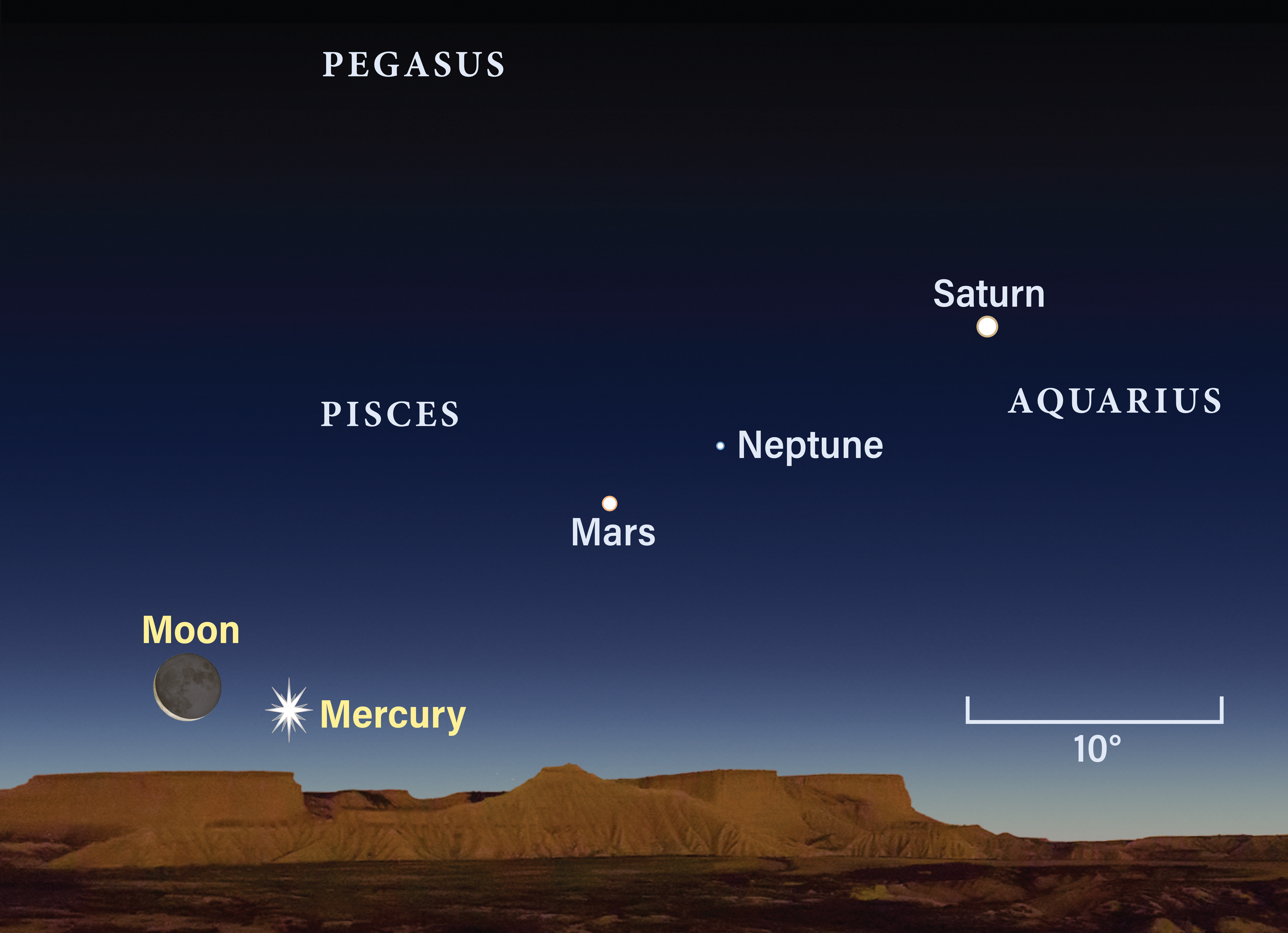Mark Sykes, director of the Planetary Science Institute, says that if a non-stellar object is massive enough to be round and orbits a star, it ought to be a planet. The key here is that once an object gets that big, important geophysical processes begin.
Under this scenario, the smallest known planet in the solar system would be Ceres, the largest and most massive object in the asteroid belt between Mars and Jupiter. Ceres is less than half the diameter of Pluto.
By round, Sykes doesn’t mean perfectly spherical. In scientific terms, he’s talking about the shape of bodies that are in “hydrostatic equilibrium,” where the pressure from an essentially fluid interior is balanced against gravity and centrifugal force at the body’s surface to round the object. This makes planetary objects fundamentally different from small, irregularly shaped asteroids and comets.
Sykes is talking about planets across the universe in general, about Pluto and other small planets in particular, and about planets in the distant reaches of our solar system yet to be discovered. Some of those could even be as large as the Earth, he said.
In 2006, the International Astronomical Union devised new classifications for solar system objects and proclaimed there are only eight planets in our solar system — excluding several, including Pluto, and effectively slamming the door on future discoveries of planets beyond Neptune.
But many planetary scientists disagree with the IAU.
This Thursday, Sykes and astronomer Neil deGrasse Tyson, of the American Museum of Natural History and host of NOVA Science Now, will debate the IAU’s actions, the value of different planet definitions, and the place for Pluto and other objects in the solar system. They’ll meet as a part of the 3-day “Great Planet Debate: Science as a Process” conference at the Johns Hopkins Applied Physics Laboratory.
Much of the conference will be webcast. Visit the Great Planet Debate’s web site to register for remote conference web participation.
Although Neil Tyson and Mark Sykes disagree on how to classify Pluto and other bodies in the solar system, “there are also many areas on which we will agree,” Sykes says. “I’m hoping our debate will give the public a better understanding of why these differing views on planets serve the different purposes of various kinds of scientists, and will illuminate the extent to which those purposes are narrow or broad.
Shortly after the IAU issued its rules for defining planets, Sykes, along with another planetary scientist, Alan Stern, former associate administrator for NASA’s Science Mission Directorate, wrote a protest petition that was subsequently signed by hundreds of scientists who disagreed with the IAU action. “This was comparable to or more than the number who voted in favor of the IAU’s planet definition in 2006,” Sykes says.
Apart from requiring that a planet orbit the Sun (neglecting planets orbiting other stars), the sole operational requirement of the IAU definition is that a planet has cleared its orbit over the age of the solar system, Sykes says.
In order to clear its orbit, an object needs to be more and more massive the farther it is from the Sun. “If Pluto were half the mass of Uranus, it would still not be a planet!” Sykes says. “And if the Earth traded places with Jupiter, Earth would not be a planet. It’s like saying a fruit becomes a vegetable if you move it to the other side of the table.” Uranus is about 14.5 times as massive as Earth, while Pluto is about two-thousandths the mass of Earth.
While the IAU grants planetary status to both Earth and a huge gas ball like Jupiter, Sykes says Earth actually has much more in common with Ceres and Pluto.
“Jupiter doesn’t have a surface,” Sykes says. “It has no geology, and in fact Jupiter may have more in common with sub-stellar brown dwarfs than Earth. By comparison, I expect that when NASA’s Dawn mission reaches Ceres in 2015 we will see very interesting geology and possible evidence for a subsurface ocean. The Hubble Space Telescope has revealed Ceres to be unique in the asteroid belt, having round shape and a very smooth surface, likely as a consequence of its icy mantle. Likewise, Pluto will be visited by NASA’s New Horizons mission in 2015 to study its geology and atmosphere.”
Under the planet definition supported by Sykes, our solar system would have 13 planets, although more might be found in the future beyond the orbit of Pluto. They are: Mercury, Venus, Earth, Mars, Ceres, Jupiter, Saturn, Uranus, Neptune, Pluto, Charon, Eris, and recently discovered Makemake. Pluto and Charon would be considered a “double planet” because they both satisfy the criterion for being massive enough to be round, and orbit about a point in space between them as they orbit the Sun.
All these ideas, and more, will be discussed and debated during the conference.










